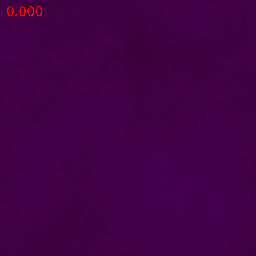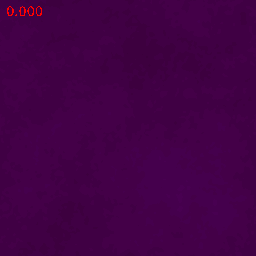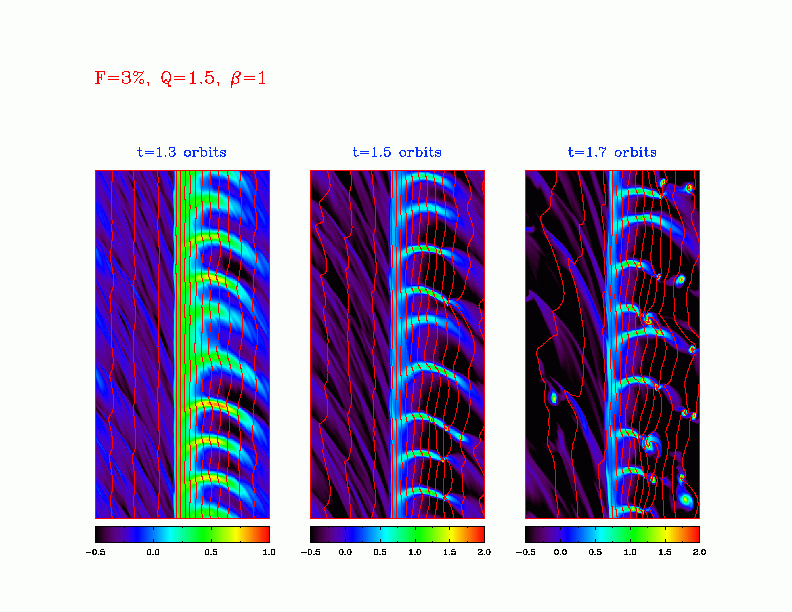
Gravitational instability in shearing
|

Gravitational instability in shearing
|

Stable development of structure in shearing disk with Q=1.3 >Q_c |
Reduced shear and enhanced surface density within galactic spiral arms make these regions highly favorable for cloud formation and collapse. In arms and in inner disks where the rotation curve is closer to solid-body, Jeans-type instabilites can lead to growth as long as magnetic fields are present to transfer angular momentum out of growing condensations (see movies here). Key observational support for the idea that gravitational instabilities determine the course of events comes from observed thresholds in surface density for active star formation in disks. Other evidence for the importance of self-gravitating instabilities is seen in M51, where prominent spurs jut out from the spiral arms at regular intervals, consistent with the predictions of our dynamical theory .
Using both semianalytic methods and time-dependent numerical simulations,
our group is studying the development of self-gravitating clouds in the
gaseous component of spiral galaxies. Our work has shown that nonlinear,
nonaxisymmetric growth of structure in outer disks is indeed subject to
threshold behavior, confirming the longstanding empirical model. We find
that the critical values of the Toomre Q parameter for gravitational runaway
are similar to observed star formation threshold values, and insensitive
to the strength of the large-scale magnetic field. Our work has also shown
how gravitational instabilities acting in galactic nuclei -- potentially
leading to starbursts -- are qualitiatively quite different from outer-disk
instabilities.

Gravitational instability in shearing
|

Gravitational instability in shearing
|

Stable development of structure in shearing disk with Q=1.3 >Q_c |
We have also studied the growth and evolution of intermediate-scale ``spur'' structures that result from the dynamical interaction of the gaseous ISM with large-scale stellar spiral arms, as shown below and described in more detail here . Most recently, we have studied instabilities in three-dimensional disk models, which allow for comparison of the results of Parker (magnetic-buoyancy) modes with Jeans-type modes. Based on this work, we have concluded that giant molecular clouds likely originate via collective, self-gravitating instability -- either "swing" or "magneto-Jeans", depending on the local structure of the galactic potential.
 Development
of spurs
Development
of spurs
My collaborators in this work are Woong-Tae Kim (Maryland PhD 2002; presently Harvard University), and Jim Stone (Princeton University). For more information, see:
Return to Eve
Ostriker's Research Page
Return to Eve Ostriker's
Home Page